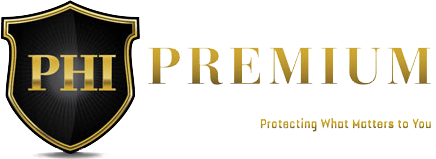Cathedral & Vaulted Ceilings
Apr. 28, 2017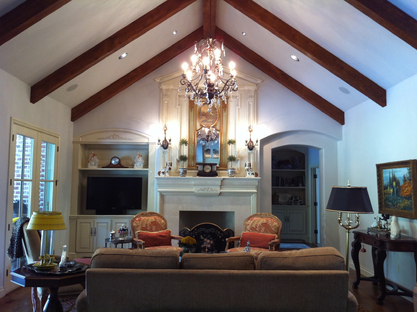
Cathedral ceilings are also commonly referred to as "vaulted" ceilings, although vaulted ceilings are technically asymmetric while cathedral ceilings have equal slope on opposing sides. These arrangements basically consist of eliminating the attic space for aesthetic purposes, having the ceiling installed directly on the underside of the roof.
There are no practical benefits of cathedral ceilings, but many would consider the cosmetic appeal to be well-worth the potential issues; if you are buying a house with a similar arrangement, you should decide for yourself if you fit into that category.
1) Cathedral ceilings are famous for being susceptible to concealed mold and rot damage caused by condensation; it is surprising how much damage can occur without any visible indicators. The reason for this is because they can be difficult to build correctly - ventilation and insulation must be arranged within inches of space, as opposed to the multiple feet of space provided by an attic. If ventilation is poorly arranged or becomes obstructed over time, it cannot effectively dissipate moisture that accumulates inside the ceiling.
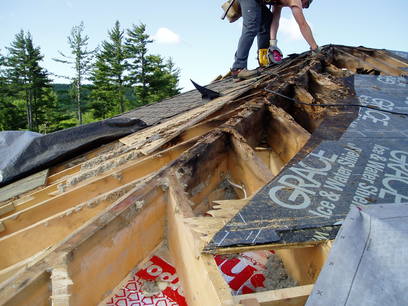
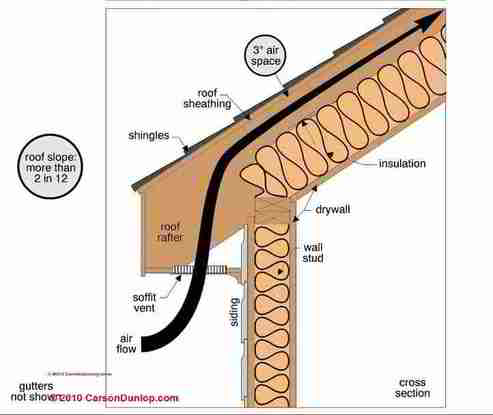
2) The general concept of cathedral ceilings poses an issue from an energy efficiency stand-point, which is definitely something to consider if the primary heat source of the house is a low-efficiency furnace or electric heat (electricity is approximately 2x the price of gas-fueled heat). Firstly, you'll be paying to heat a large space that is not actually being occupied. Secondly, due to the very limited space for insulation inside the ceiling, its R-value (ability to resist heat transfer) will likely be minimal, resulting in more heat loss in cold weather and potentially an even higher energy bill.
3) Due to the extra heat loss, ice damming is a common issue. This occurs when heat accumulates inside the ceiling, melting snow on the roof. The water runs down the warm roof to the cold eave, where it freezes, creating a dam of ice (usually accompanied by icicles). This dam of ice blocks drainage of water, causing it to back up underneath the shingles and into the wall system and/or living space. Steeper roofs tend to avoid this issue, while low-sloped roofs with wider eaves are the most susceptible. If recessed lights are present in a cathedral ceiling, the ventilation will need to be exceptional to prevent ice damming because they tend to generate significant amounts of heat.
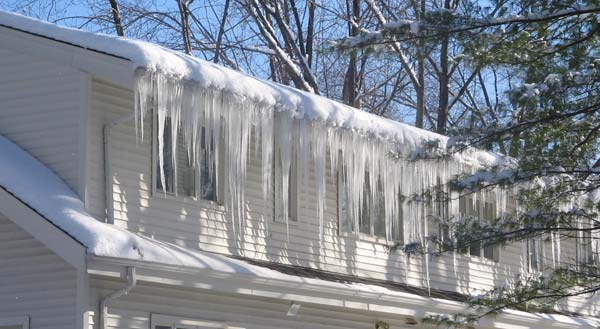
4) Inadequate ventilation can result in premature deterioration of asphalt shingles, as the air space beneath the roof sheathing can become extremely hot due to thermal loading in the summer months. Adequate ventilation will dissipate that heat.
5) Cathedral ceilings do not have an access point for inspection, so it is usually not possible to visually confirm what type of insulation was used or if a vapor barrier is present.
Solutions / Recommendations:
1) Thermal Imaging assessment by a certified professional. Thermal Imaging helps to detect concealed moisture issues inside of walls and ceilings, and is definitely a valuable service when buying a house with a cathedral ceiling.
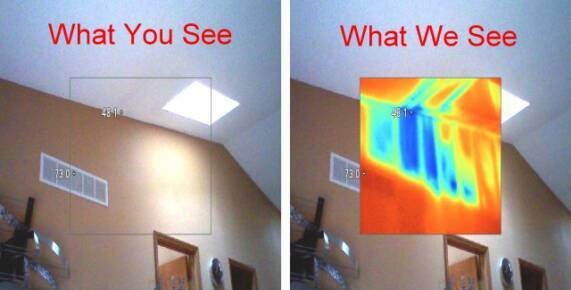
2) If a moisture issue is discovered, closed-cell spray foam insulation is a great option for cathedral ceiling arrangements. It has a fairly high R-value per inch of thickness (R-6.5 - regular fiberglass is R-3.5), so it can utilize limited space quite effectively. It also creates an air/vapor barrier, which helps to further prevent heat-loss to the exterior and moisture damage caused by humidity transfer from the living space. An appropriate baffle system would have to be installed to maintain ventilation in order to dissipate any moisture and heat that enters from the exterior.
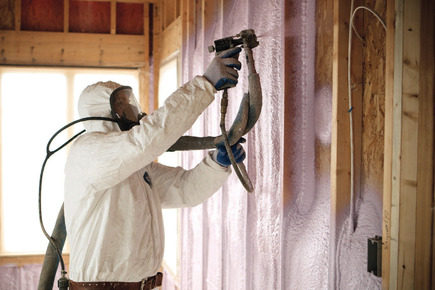
Written by:
DONOVAN ILLIG
Home Inspector & Residential Environmentalist
Premium Home Inspections Ltd.
250-617-3378 | donovan@premiumhi.net
CPBC License #71217
